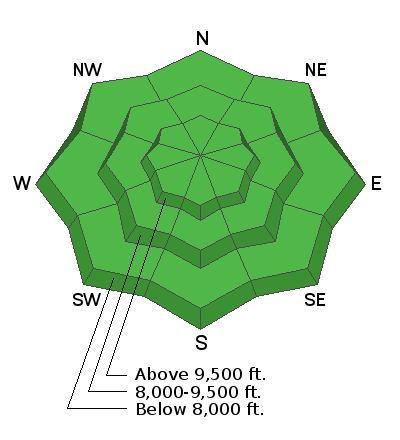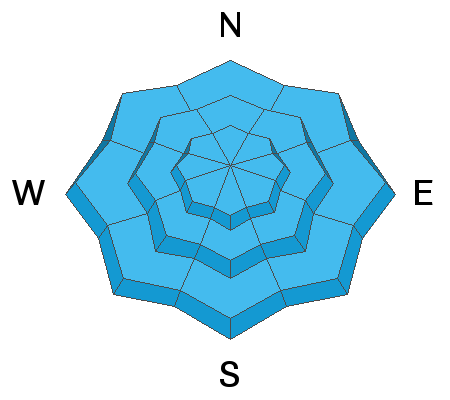Forecast for the Provo Area Mountains

Issued by Mark Staples on
Sunday morning, December 13, 2020
Sunday morning, December 13, 2020
Today the avalanche danger is LOW. There may be a few isolated drifts that could produce a very small avalanche, but the main hazard remains hitting rocks, stumps, and other obstacles because the snowpack is so shallow.

Low
Moderate
Considerable
High
Extreme
Learn how to read the forecast here







